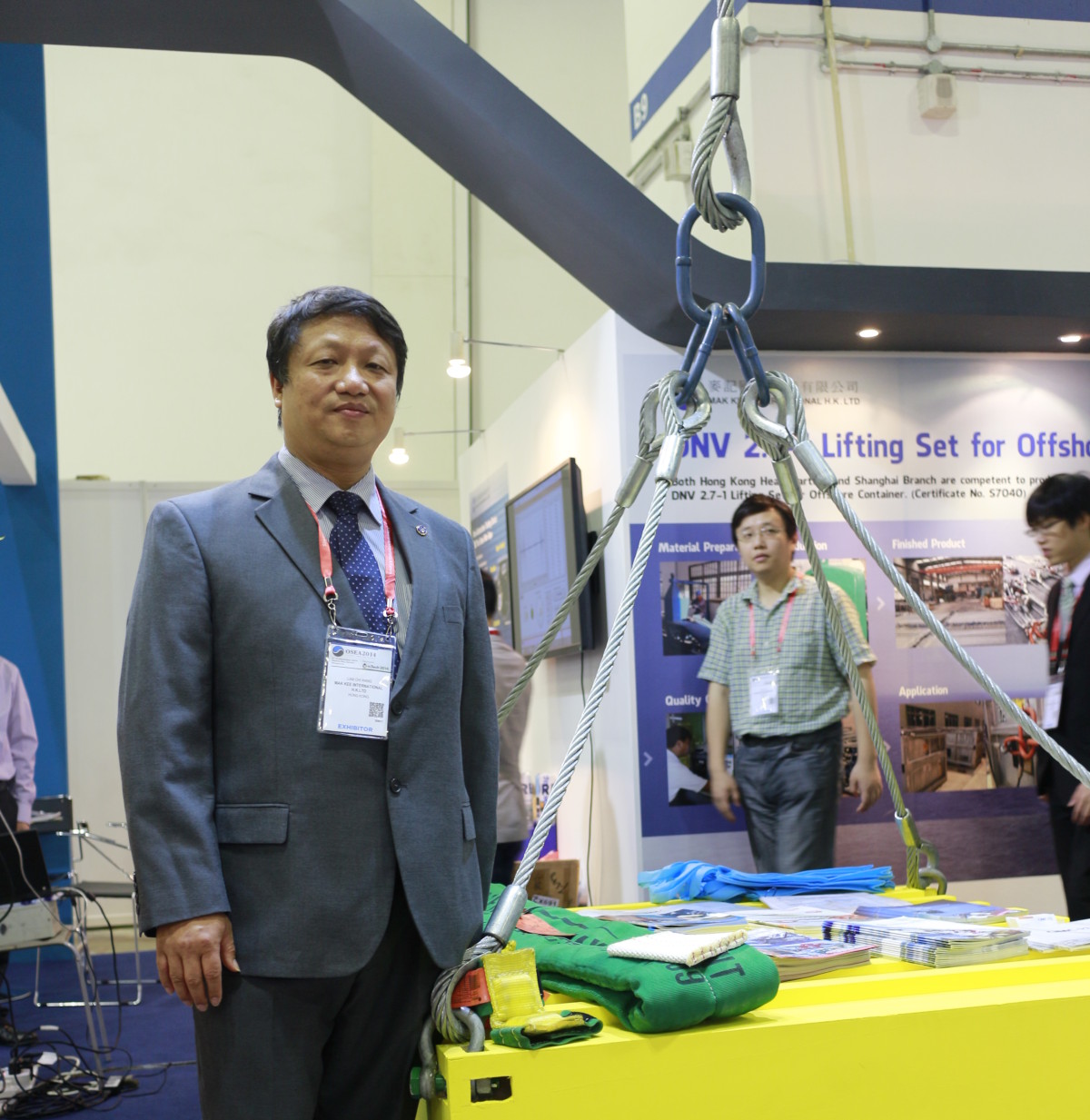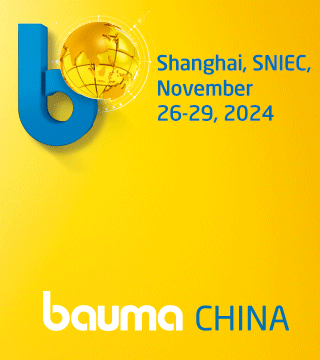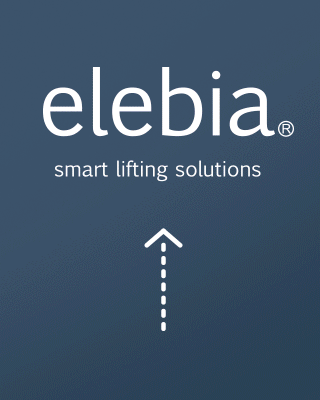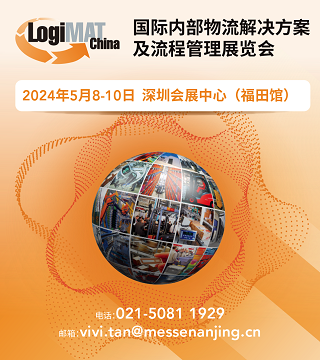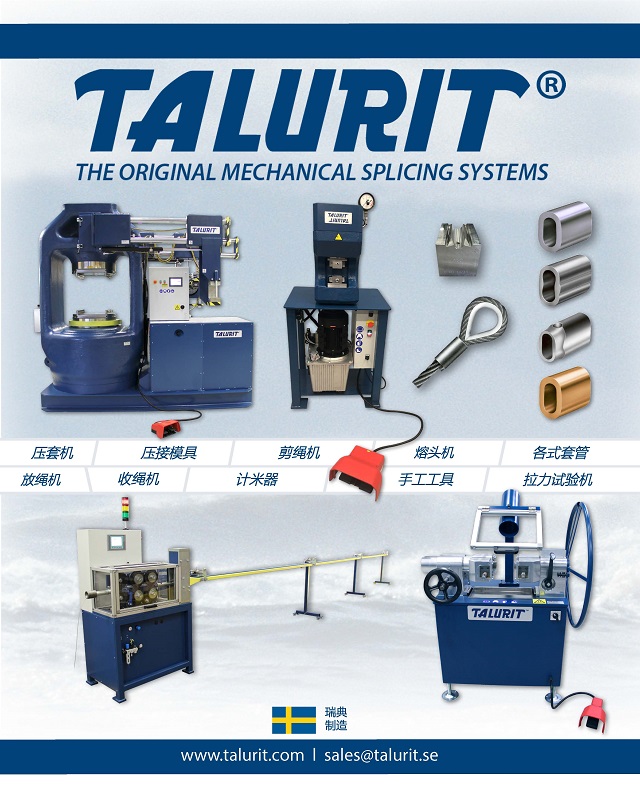Mak Kee International H.K. Limited was established in 1957. Throughout the company history of more than half a century, Mak Kee evolves from its original business as a ship chandler to a dedicated manufacturer and supplier of lifting and rigging products.
Mak Kee products are widely used in various industries such as offshore, elevator, port, shipbuilding, shipping, salvage, power plants, petrochemical, aviation, aerospace, machinery, mining, steelwork, and construction.
With years of commitment and innovation, Mak Kee has been a pioneer and market leader in the lifting and rigging sector in Hong Kong.
Since late 1970s, Mak Kee has been committed to the supplying of wire rope, lifting and rigging products. These products include crane accessories, container lashings, wire rope accessories, components for construction and decoration, wire rope, chain and fittings, webbing slings, lifting blocks, and industrial safety products. Meanwhile, Mak Kee participates in overseas trade and establishes strong links to partners and customers all over the world.
Based in Hong Kong, Mak Kee has vast experience in the industry with its client network and partners span globally. In this interview, Alfred Lam, managing director of Mak Kee, talks about the company’s past, present and future.
LRW:Mak Kee started out as a ship chandler, what caused your company shift the focus towards wire rope and lifting equipment sector?
Alfred Lam: Mak Kee was established in Hong Kong in 1957. At that time, Hong Kong was a major hub port in Asia. Many foreigners came to Hong Kong. While Hong Kong’s economy was only in its budding stage, there is demand for incoming materials even if they are used materials. Mak Kee was just starting out at that time, with little capital or expertise, we purchased used materials from the ships and resell the products to users in Hong Kong, Macau and mainland China.
As we accumulated experience in the field, our business shifted from reselling used materials to supplying new products such as wire ropes, lifting slings, chain and fittings that are used on deck. We also sell radio receivers and other navigation products. We do renovation works for cruise ships, maintenance works for ship bodies. And one other major aspect of Mak Kee’s business at that time was catering supply to ships.
In the late 70s, while our scope of business was wide, we did not have many staffs and it was hard to stay committed to all kinds of ship supply businesses. After careful consideration, Mak Kee shifted the focus to supplying products used on deck.
These products are mainly metal products. Additionally we supply circuit boards and radars used on deck. We believe it is good business as we have good understandings in these products, so that we could meet the needs of our customers. Moreover, wire ropes are consumables, which enable us to maintain long-term business relationship with customers.
In the 1980s, there were many manufacturers and suppliers emerged from countries like Japan, Korea etc. The supply chain monopolized by British and American companies since the 50s finally opened up. Mak Kee’s supply network widened. Moreover, we were actively participating in entrepot trade, exporting mainland China’s metal products, fiber rope, lifting and rigging products to all over the world. Entreport trade was an important part of our business even in the mid-90s. Mak Kee gained vast experience in the industry through our long term commitment and good relationships with suppliers.
LRW: How did the industry take shape in China?
Alfred Lam:We have known and have been conducting business with many wire rope and lifting equipment manufacturers in mainland China over the years. From these companies we can have a good understanding on how the industry evolves.
From what I have learnt, Jiangyin Steel Wire Rope Company (in Wuxi, China) was the first wire rope manufacturer to export their products in large scale. This is by all means a milestone as they are the first Chinese manufacturer who has achieved the quality standard for export. Their success leads to the fast development of wire rope manufacturing in the region.
In the 80s and 90s, steel wire rope companies are state-owned. Shanghai Minmetals (SMMIEC) and Liaoning Metals and Minerals Enterprises (LMME) were among a few authorized trading companies who can sell wire rope products for export.
In early 90s, there was a worldwide shortage of steel raw materials for wire rope production. The situation did not improve until 1996, when steel companies like Baosteel, Ma Steel, and Angang took shape and eased the situation of shortage.
Before 1996, domestically produced wire ropes in China are characterized by high price, sub-par quality, poor packaging, and inconsistent reliability within the working life of rope. The wire rope industry as a whole has not been shaping up well.
Mak Kee, in the 80s and 90s, has been actively conducting import and export trade, bringing Chinese products to the overseas market. On the other hand, we act as a supplier to bring in imported products for wire rope manufacturers in mainland China. Of course, we import products for the Hong Kong market.
Mak Kee has a long history procuring wire rope products from overseas countries such as Japan. The wire rope manufacturers in Japan produce wire ropes following JIS standard. JIS is developed by Japanese Standards Association (JSA), and it is one of the most significant standards used in Japanese industries. Products bear the JIS logo have to meet strict quality requirements. Moreover, there is pricing requirement for such products. In Japan, Tokyo Rope and Tesac are among the best wire rope companies.
While in Europe, the European countries generally have deep industrial traditions. Their wire rope manufacturing processes are well developed. Europeans have good traditions to work seriously; they get every single steps of manufacturing correct and they commit themselves in continuous improvement for the processes. They put quality as their top priority, and believe that only with this solid foundation could a company pursue long term profits or fame.
In contrast, there is much room for improvement for the manufacturers in mainland China. Not long ago, I accompanied a Japanese client to visit quite a number of wire rope factories in China. Such trips did not result in deals. He commented that the wire rope factories he visited are not “serious enough”.
I believe we could learn from the European manufacturers, and be more serious while at work, while be flexible when dealing with problems or issues. With continuous improvement in management and R&D, we could achieve higher product quality.
Mak Kee develops products and services to meet market demands. We take “product quality” and “safety” as our top priorities. To ensure that we achieve this, each of our branch companies are equipped with test beds. We develop our own NDT (Non-destructive Test Device) to test our wire rope products. We believe the testing of our products is essential for us to maintain our quality and safety standards.
LRW: What is Mak Kee’s sales strategy?
Alfred Lam: First to survive, when we could, we develop new markets. We are constantly looking for opportunities. For example, Mak Kee entered the elevator rope market ten years ago. We could achieve sizable revenue from this sector after all these years’ hard work. At the same time, some markets have been shrinking; the barge market in Hong Kong is an example.
The market situation is always changing, there are ups and downs. Mak Kee follows closely with market trends, we are constantly developing new products, while at the same time we emphasize testing of our products, we prepare ourselves to adapt to the changing markets.
LRW: Does Mak Kee launch any new products recently?
Alfred Lam: Recently we introduce our NDT (Non-destructive Test Device) products. The devices are well received in the market and many wire rope manufacturers or users have acquired our NDT products and put them to everyday use.
These customers include companies from Singapore, KISWIRE from Korea, GUSTAV WOLF from Germany, and a number of wire rope manufacturers in mainland China. Some of these customers are suppliers of Mak Kee, and interestingly, we sell our NDT products to them.
We keep our innovation going. We are going to bring more new products to the market, and expand into new product categories to meet customers’ needs.
LRW: What are your main sales markets? China? Hong Kong? Overseas? And how are they developing?
Alfred Lam: Mainland China, Hong Kong, and Overseas markets are all important for us. From the perspective of our office distribution, mainland China may look like Mak Kee’s main sales market.
Although we do not set up any overseas office, we have long term business relationships with customers in many countries. The communication between Mak Kee and our overseas customers has never stopped, and our overseas contacts keep on expanding. For Mak Kee, the revenue ratio of the Chinese markets to overseas markets is around 50:50.
However, I believe the most important market for Mak Kee is Hong Kong. Mak Kee is based in Hong Kong. The company grew up here, and we consider Hong Kong as our foundation. Only if we serve our home market well could we be successful in other markets.
In Hong Kong, there are no other companies like Mak Kee, who understand the local market so thoroughly. The Hong Kong market has growth potential, and Mak Kee will take advantage of it and further expand in our home market.
Compared to mainland China, Hong Kong has advantage in capital flow, human resources and logistics. In contrast, there are tremendous business opportunities in mainland China. It is an obvious decision for Mak Kee to take developments and enter the mainland Chinese market. We believe it takes time, patience, and experience to do well in mainland China. To ensure Mak Kee’s future success, we will try to do well in our home market of Hong Kong, so that we have the capital and experience to further our growth.
LRW: Mak Kee has opened branch companies in Macau, Guangzhou, Shenzhen, Beijing, Shanghai and Tianjin. What are the differences between the Hong Kong and mainland China markets?
Alfred Lam: The market size of Hong Kong is relatively small compared to that of mainland China. However, Hong Kong has advantage in terms of the flow of capital, people and cargo. There are good opportunities for foreign trade here.
In mainland China, there are great varieties of products. The annual steel wire rope production and consumption volumes for China have far exceeded that of the US. The market structure, market concentration level and business models are quite different in mainland China when compared to Hong Kong.
The market in China has entered a stage of fierce competition. I have not come across any overseas market that contains so many sling makers and manufacturers from overseas and local.
Another special observation is that imported products are quite popular in China. In contrast, Chinese products are not well received in many foreign countries since there are import restrictions.
As a result, export-oriented companies in China are having a hard time when they are facing rising labor costs and production costs. They need to improve quality or produce higher specification products in order to compete well in the market. In the meantime, wire rope manufacturers from Korea have been doing well in many aspects, creating stress for domestic manufacturers to respond and catch up.
LRW: What is the long term plan for Mak Kee?
Alfred Lam: Currently we are working hard to raise our standards on our internal management. We aim to further improve the quality of our products. Moreover, we are developing new products in a way to open up new markets.
We stay focus on products used for works related to gravity. We are interested in providing products for getting lifting and rigging works done. Lifting and rigging products will always remain as the core in Mak Kee’s product program.
Other than wire rope, lifting sling, or chain slings, there are many other products that are used for works related to gravity. We stay curious and we will evaluate seriously whether to bring in these products.
And finally, I would like to give some hints to the readers. When buying lifting products, choose carefully, compare different products, understand the products, do not just concern on the product appearance and price.
This article is published on LRW Magazine vol09, 2012.
